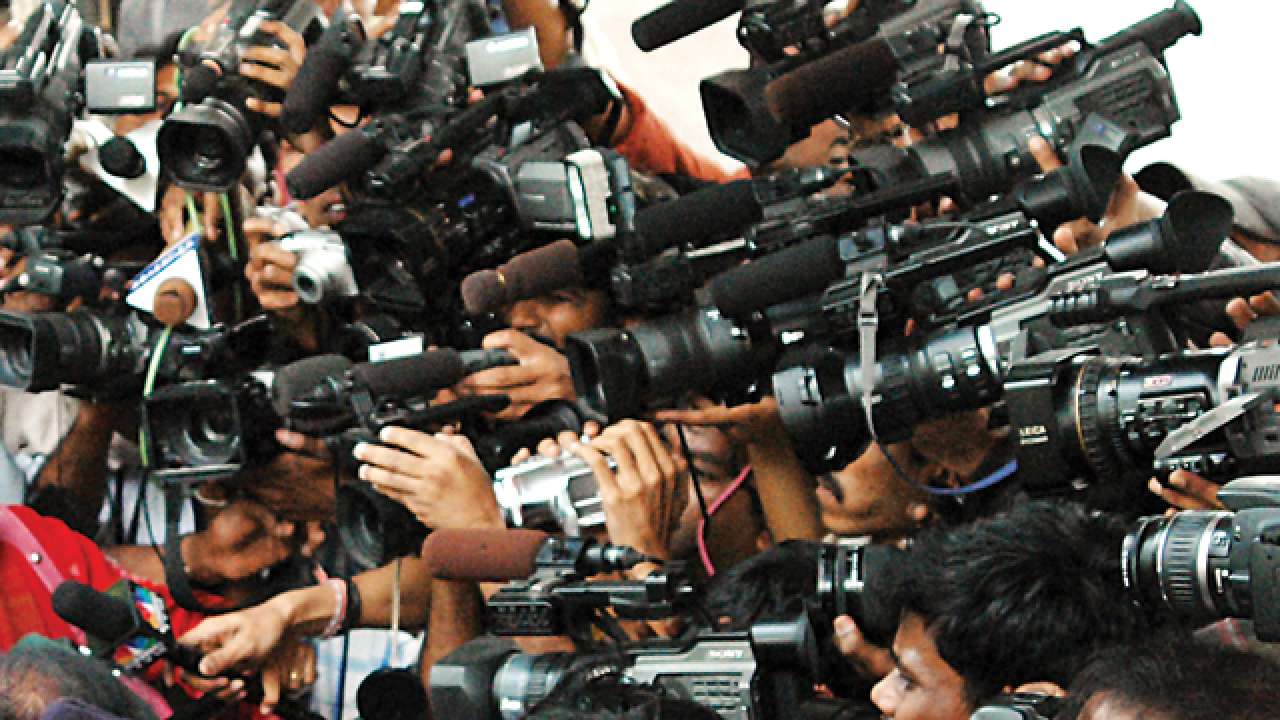
In times before Doordarshan, a sacred evening ritual in our largely secular home was the nightly news on All India Radio. With my father as the presiding priest, we were subjected to both the Hindi bulletin at 8.45 pm, and the 9 pm English version immediately after. Irritated, I once remonstrated, “Why listen to the same news in two languages?” My father smiled enigmatically, “Don’t you notice some subtle differences?” He was absolutely right; the Hindi news, I discovered, was actually back translated from the English, in which it was originally written. “Besides,” dad added with a chuckle, “treat it as a language lesson. If you want to make a difference in India, you must master both.”
One day, on June 26, 1975, to be precise, it dawned on me how right my father was. The whole family heard the news in hushed and rapt attention as Prime Minister Indira Gandhi declared the Emergency. The then President, Fakhruddin Ali Ahmed, signed the proclamation on the evening of Wednesday, June 25, after receiving a letter from the PM. The Cabinet met at 6 am at the latter’s Akbar Road office on Thursday, June 26. AIR announced the fateful declaration in a special bulletin at 8, with the PM herself coming on air to ask citizens not to be afraid (atankit) by the declaration. The major newspapers carried the news the following day, on Friday, June 27, with blank editorials on Saturday, June 28. Still a teenager, I remember how we heard the news in the Thursday evening AIR bulletins on June 26.
For many years even after the dawn of Doordarshan, while the newspapers and magazines continued to be fairly independent and varied, state-owned media had a monopoly over the news on radio and TV. Watching DD news bulletins were de rigueur in every home after limited broadcasts begin in Delhi. When I moved to the Capital as an undergraduate in the late 1970s, very few homes had TVs, which were all black-and-white. I remember how neighbours would visit my local guardian’s home in Defence Colony to watch the elegant Salma Sultan, with her signature rose under her left ear and sari draped around both shoulders. It was she, incidentally, who announced the assassination of Indira Gandhi on DD on October 31, 1984, the day after the killing. Prannoy Roy also started out on DD, with his much-awaited, “The News Tonight” and “The World This Week”.
Much water, mostly dirty and sluggish, has flowed down the Old Yamuna Bridge since then. Today, hundreds of private news channels, in two-dozen Indian languages, not to mention thousands of newspapers, periodical, and webzines, flood our digitized mediascape. No one would argue that we are starved of news today. But the question, surely, is not of quantity, but of quality. Where do we turn to when we want reliable information? This question has now assumed almost crisis proportions.
The reasons are obvious. Prime time TV hardly delivers news anymore. Euphemistically called “debates,” rock star anchors actually promote and provoke verbal-visual gladiatorial contests on the idiot box. Some may call it infotainment, but it seems minimally informative and maximally tainted. The stark prejudice of our anchors and channels is nothing short of depressing. Print media, much more sober, is nevertheless not untouched by the contagion. No wonder, many a leading journalist has earned the loathsome sobriquet of “presstitute,” someone who sells not so much himself or herself but stories.
Social Media (SM), though a wonderfully free medium of info-exchange, is not equally fair. Though an effective counter to Mainstream Media (MSM), it is riven by sectarianism. Absurdly immoderate pathologies of abuse are routinely perpetrated by “handles” and handlers. These do not hesitate to stoop to lower and lower depths of depravity and vileness in their intemperate and vituperative attacks on real and imagined opponents. With instant gratification or aggravation, news and information are now victims of the clickbait style of digital drama and trauma.
Seeking quality news and views, whether on TV or on the Internet can be nothing short of exhausting, frustrating, and fruitless. That is because most channels simply copy and repeat one another, down to errors, lies, and fake-news. Digital newsmagazines too, though they offer less sensational content, are no less ideologically or politically compromised. In fact, the digital form is much more suited for commentary because ground reporting can only be done by salaried journalists that only established media houses can afford. But these latter are also not very well-trained nowadays. As to the newsreaders, they are often mere eye-candy, newbies and novices, who can’t even pronounce the names of the newsmakers or places they cover.
Are we, thus, in the midst of an unprecedented news and information crisis? What is the way out? Especially because quality information is an absolute prerequisite of a meaningful and critically engaged modern life.
The author is a poet and professor at JNU. Views expressed are personal.